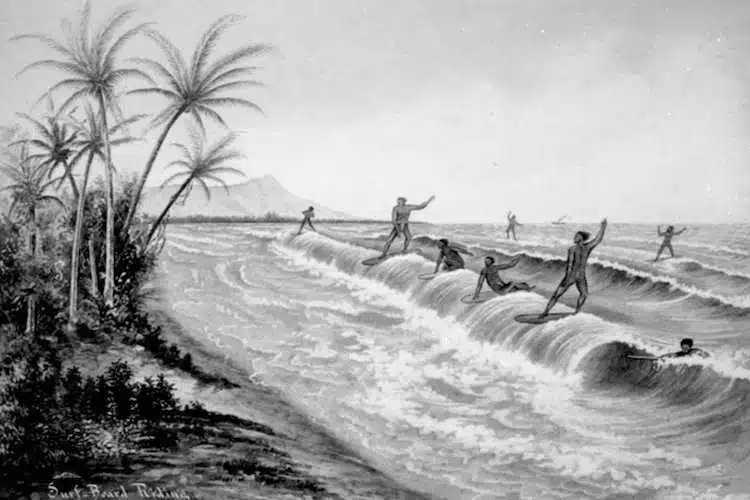The Baïnes: hidden treasures and dangers of the Atlantic beaches.
Baïnes, geological formations specific to the Atlantic coast, particularly in France, are both fascinating and potentially dangerous for bathers and surfers. These natural basins, located between the beach and the wave line, are formed by the action of the tides and ocean currents.
What is a Baïne?
A baïne is a depression in the sand formed by the movement of seawater. During low tide, these basins fill with water, creating natural pools. At high tide, the water escapes from these pools through narrow channels, forming strong and unpredictable currents known as baïne currents.
The Beauty of Baïnes
For nature lovers, the baïnes offer unique seascapes. These basins are home to a rich biodiversity, attracting numerous fish, crustaceans and other marine organisms. They are also great places to observe the tides and coastal phenomena.
The Dangers of the Baïnes
Despite their idyllic appearance, baïnes represent a significant danger for swimmers and surfers. Baïne currents can quickly sweep a person away from the shore, even experienced swimmers. Every year, incidents linked to baïnes are reported, underlining the importance of caution and vigilance on Atlantic beaches.
Safety advice
To enjoy the beaches in complete safety, it is vital to follow certain instructions:
- Watch the tides**: Swim preferably at low tide when the bay is less active.
- Observe the flags**: Supervised beaches display flags indicating safe bathing areas.
- Get the facts**: Ask lifeguards or locals for advice on swimming conditions.
- Avoid swimming alone**: Always have a companion and stay close to supervised areas.
Conclusion
Despite their beauty and ecological interest, the baïnes require special attention to avoid accidents. By understanding how they work and following safety advice, you can make the most of the magnificent Atlantic beaches while minimising the risks.

